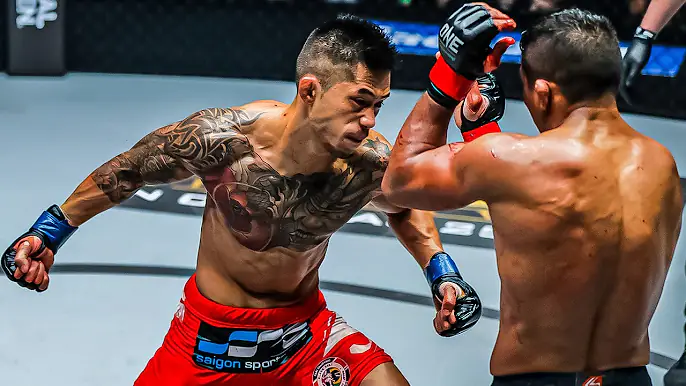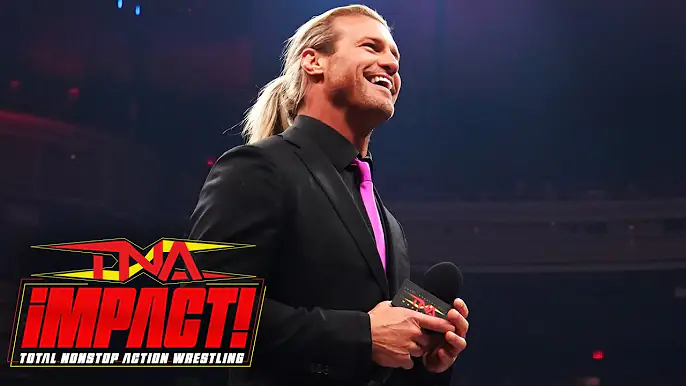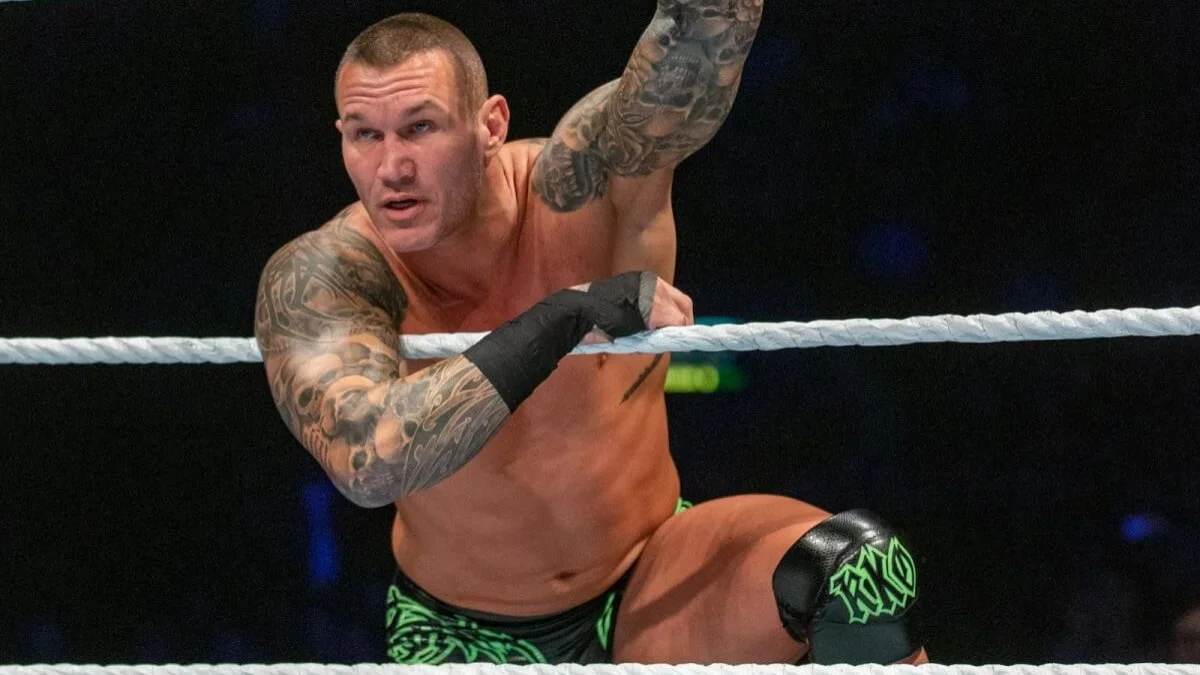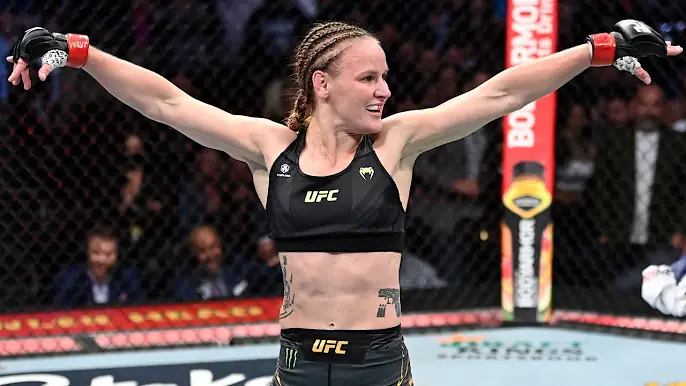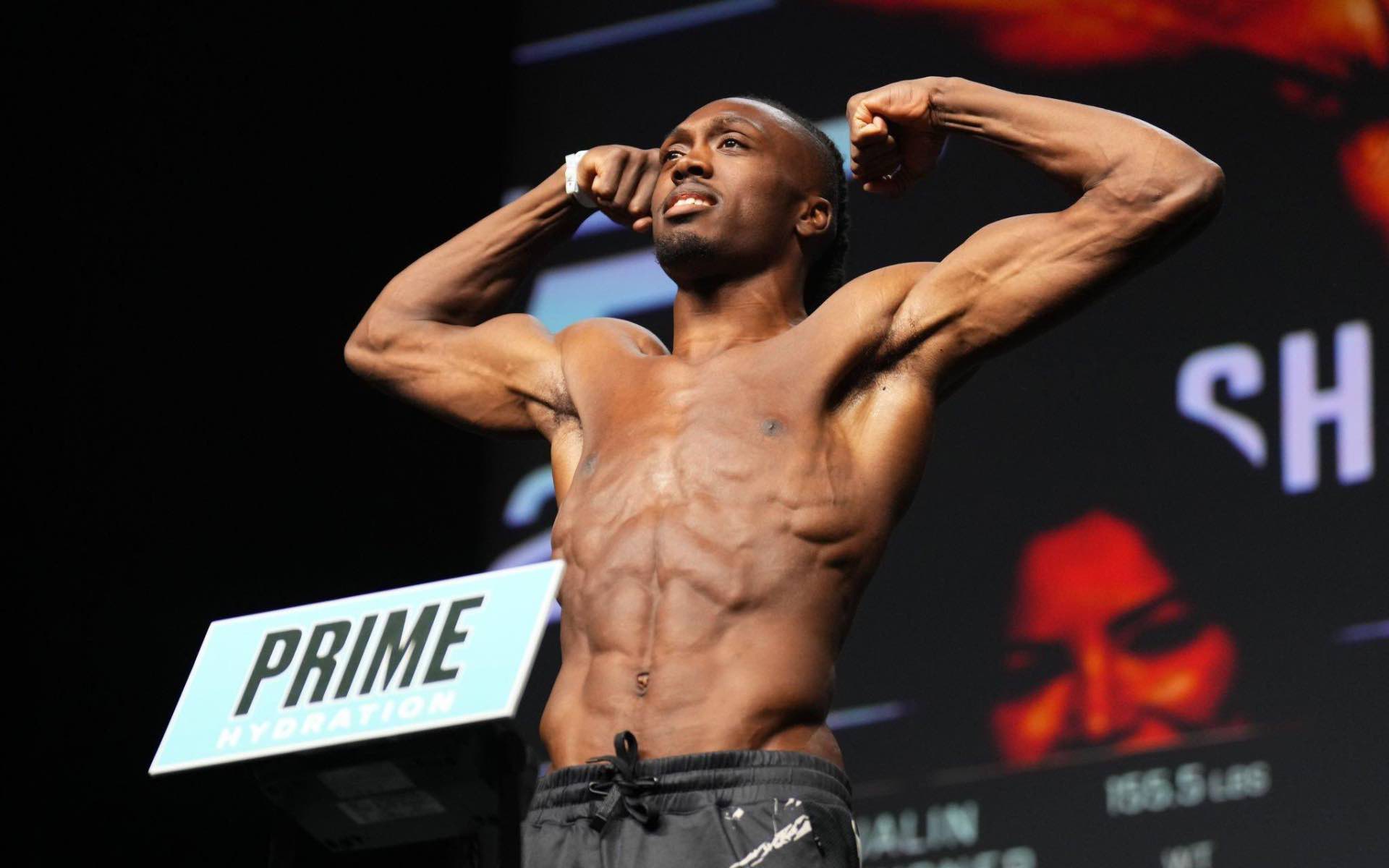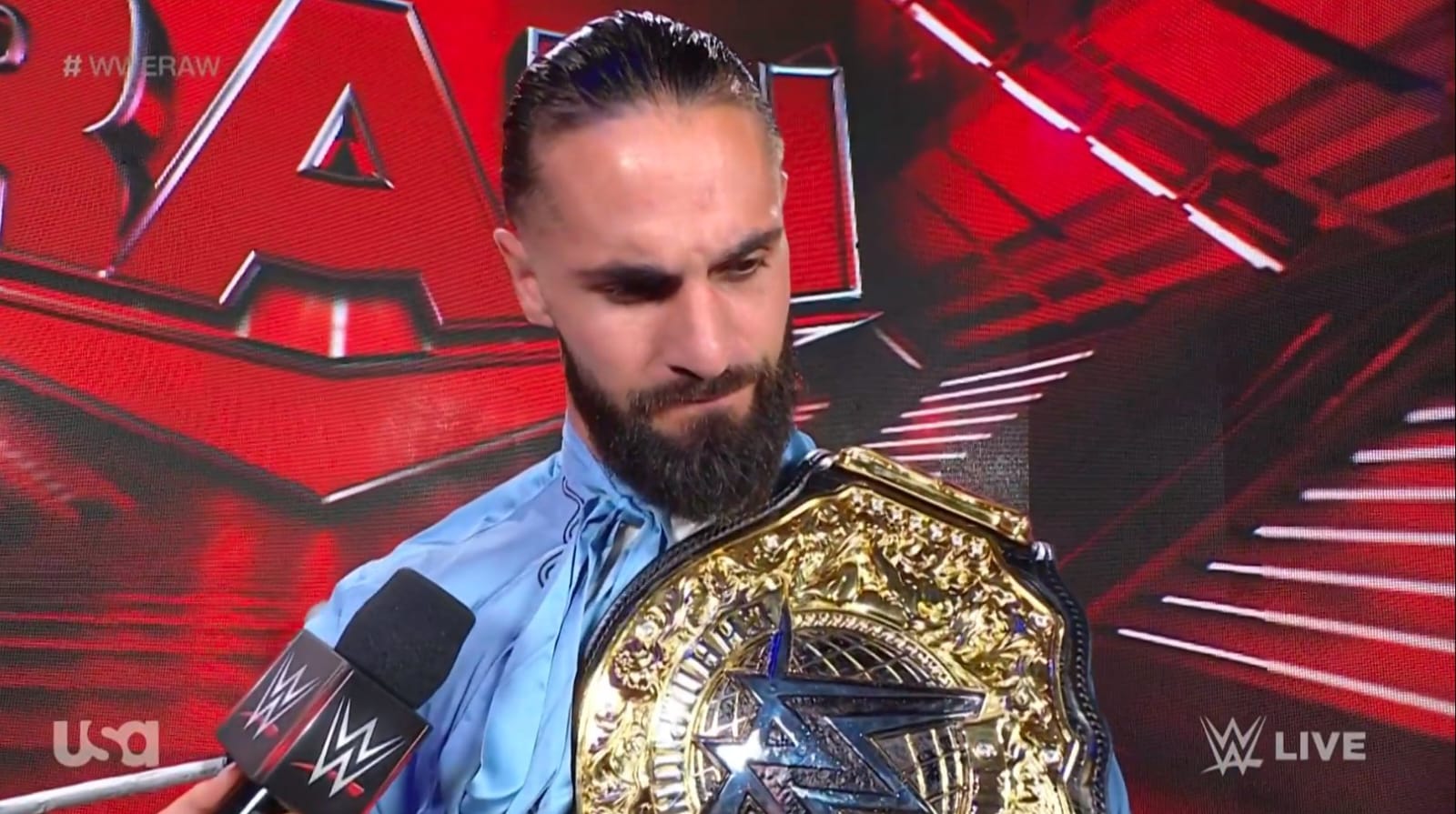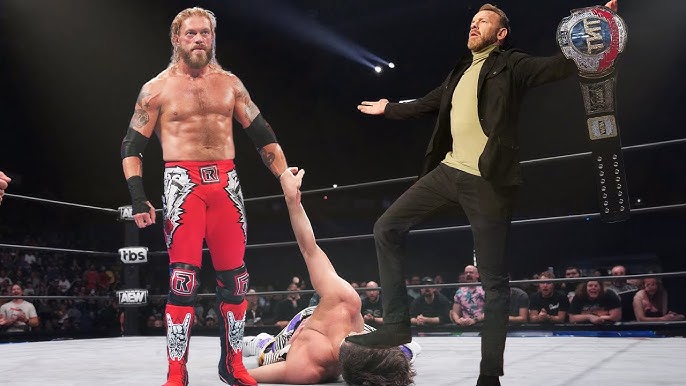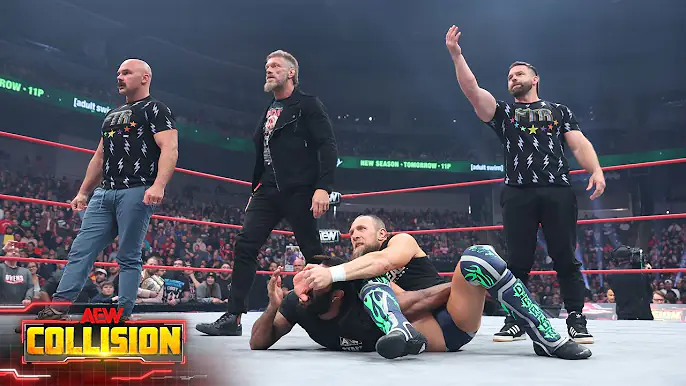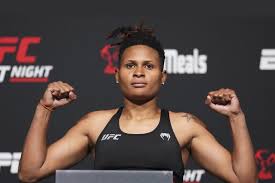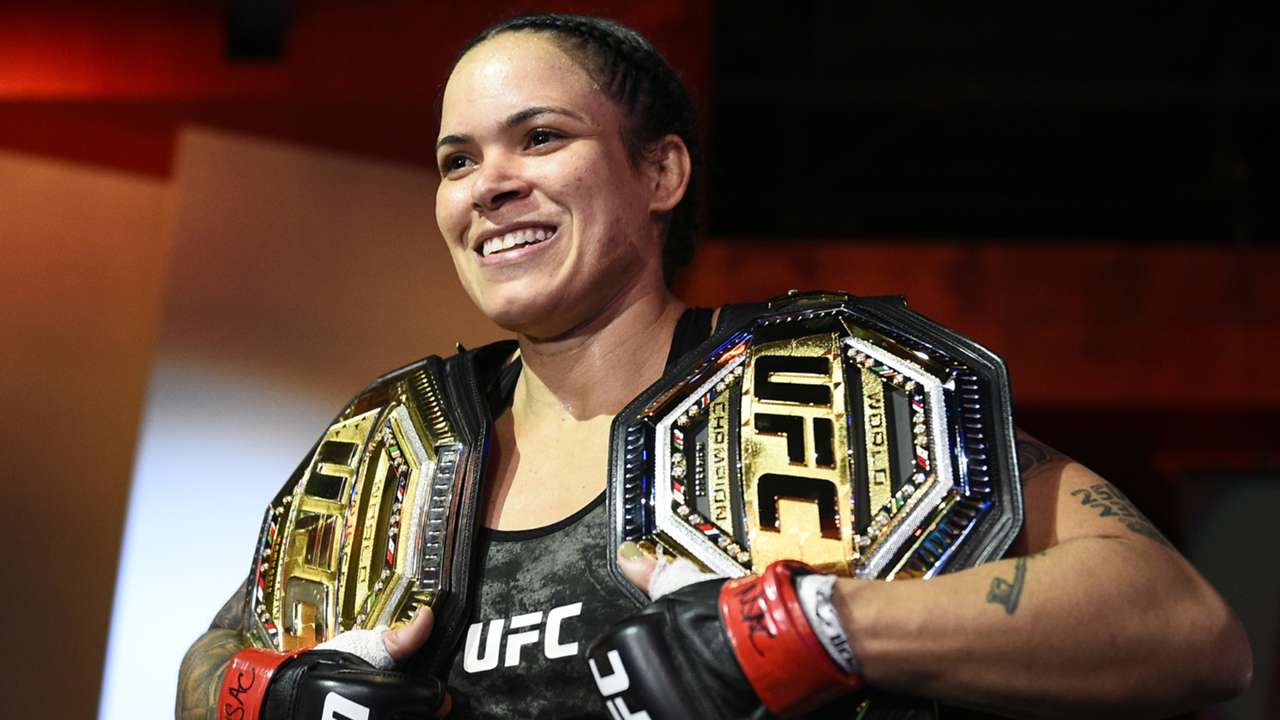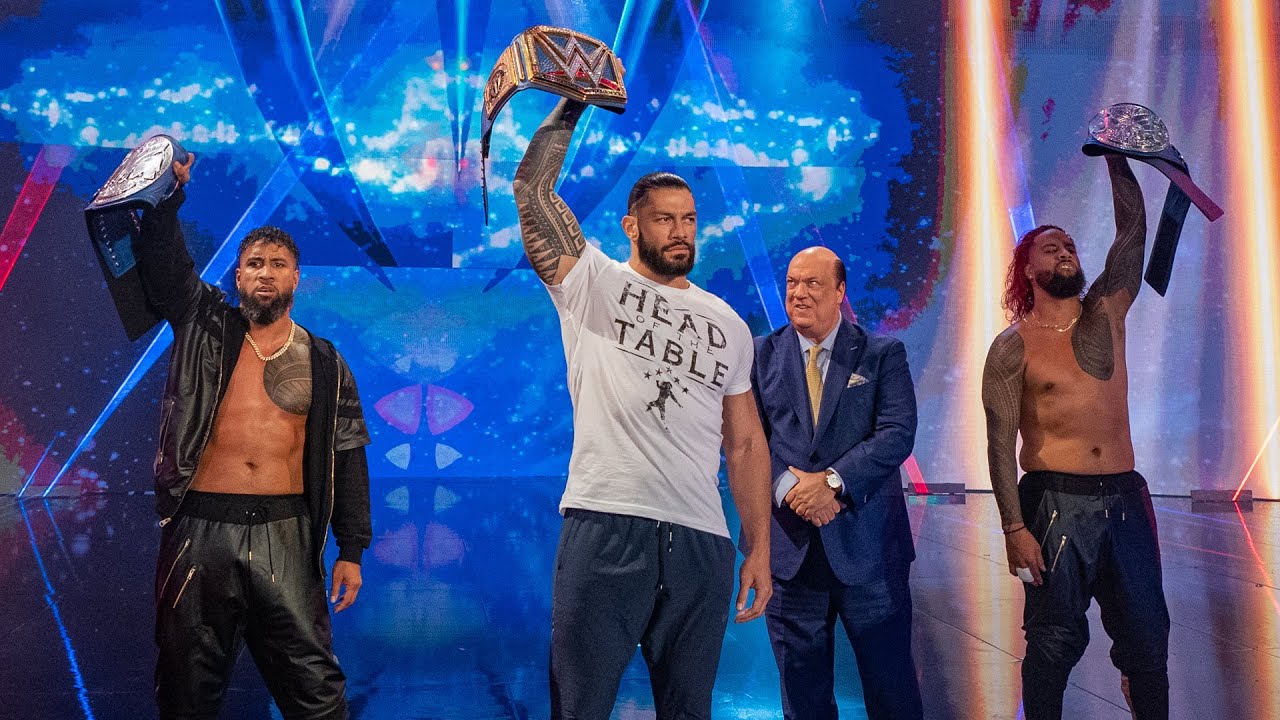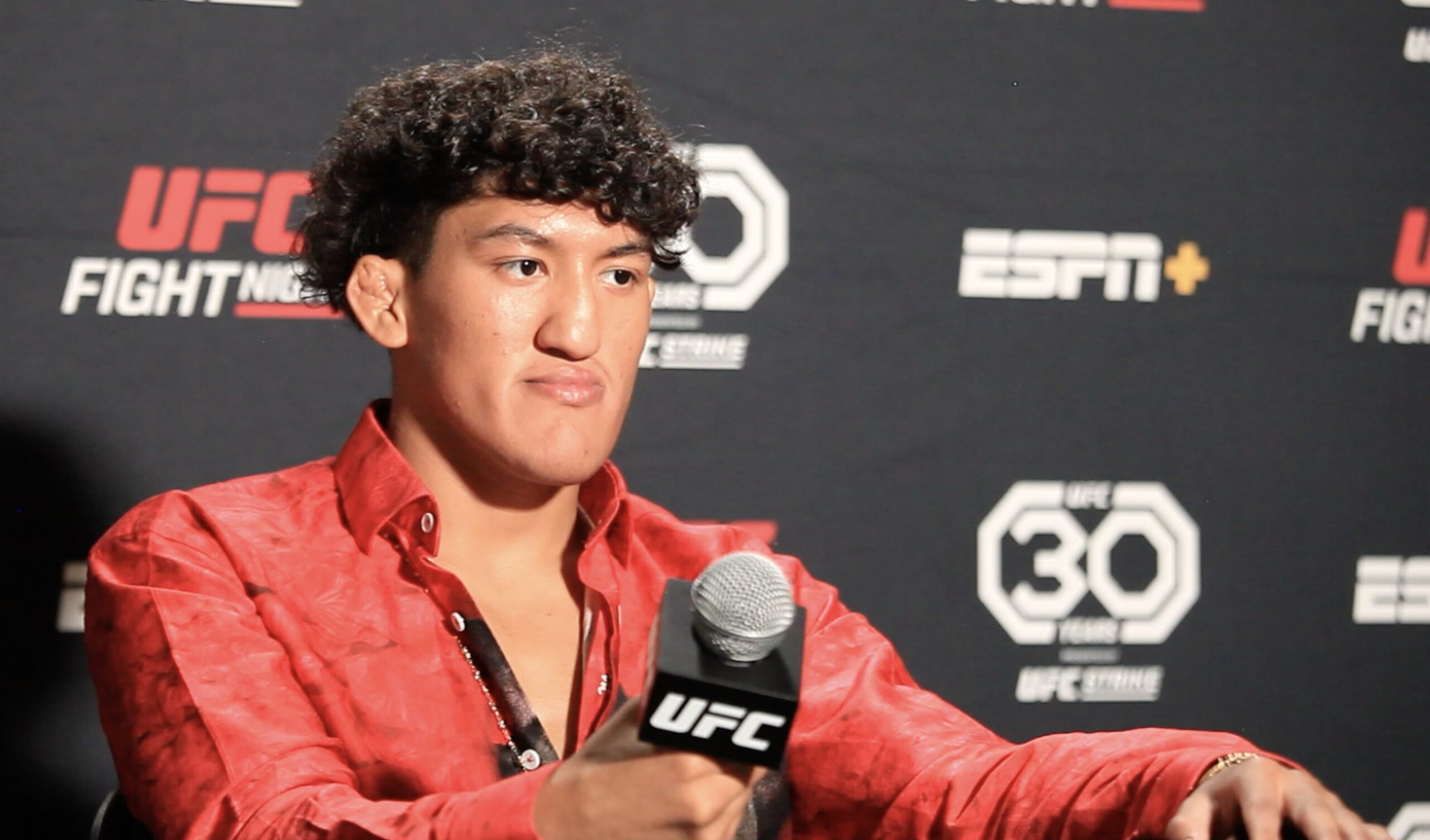The Evolution of UFC Rules and Regulations: Safety and Fairness
UFC today has evolved a lot since it was started in 1993. It is noteworthy that the sport that once allowed for collisions and falls has become a rather strict sport due to the existence of well-developed rules and regulations. These modifications have been made in light of two objectives, namely to protect the all-important fighter and to ensure that the whole idea of competition is not skewed. In this article, one aims to reveal the main stages of the UFC experience in terms of the rules and regulations, as well as the significance of these stages.
The Early Days: The term No Holds Barred refers to a wrestling match in which no rules are followed to the letter and the competitors are free to use any techniques they want, including moves that are banned in other types of wrestling.
If the UFC debuted in 1993, then the sport was in no way near what it is today with its numerous regulations and popularity. The first UFC shows were promoted as bare-knuckle brawls to find the best martial arts system. There were very few rules: restrictions included no biting, no eye pokes, and no small joint manipulation. Due to this lack of regulation, there were brutal fights that were criticized by politicians, the media, and the public.
The following is a brief introduction to the introduction of unified rules.
Due to the increasing pressure and to guarantee the sport’s continuation, the UFC started gradually introducing more definite rules. This process was concluded in 2000, when the New Jersey State Athletic Control Board brought in the Unified Rules of Mixed Martial Arts (MMA). These rules served as the basis of today’s MMA and were quickly copied by other athletic commissions across the country.
Important Factors in the Unified Rules
Weight Classes: The new division of weight classes was useful in avoiding situations where some fighters are dwarfed by their opponents since this would not be fair competition.
Rounds and Time Limits: Matches were conducted in three five-minute rounds if it was a non-title match and in five five-minute rounds if it was a title match, with one minute between the rounds. This structure enhanced the flow of the fights and decreased the exposure to critical damage.
Prohibited Techniques: It was defined that a new list of prohibited actions was created: no headbutting, no attacks to the groin, no blows to the back of the head and spine, and no downward elbow strikes. These rules were adopted with the aim of safeguarding the fighters against some of the lethal moves.
Judging and Scoring: This was taken from boxing in terms of scoring fights, with the 10-point must system having been adopted. This system also helped to avoid bias and favoritism in the judging of fights.
Enhanced Safety Measures
Over time, the sport evolved, and so did the concern for fighters’s well-being. Some other safety precautions were taken to protect the athletes.
Medical Examinations and Suspensions
The fighters are now obliged to submit to comprehensive medical checks before being authorized to fight. These are neurological tests, blood tests, and physical examinations. Post-fight medical suspensions are also used to ensure that fighters take enough time to heal from the injuries that they may have sustained during the fight. These suspensions may last for a few days to several months, depending on the degree of the injuries involved.
Substance Use and Anti-Drug Measures
Due to the need to level the competition and, most importantly, to prevent the fighters from getting injured due to the taking of banned substances, the UFC joined hands with the United States Anti-Doping Agency (USADA) in 2015. According to USADA, sampling is conducted all year round, both in and out of competition. Offenders of the anti-doping policy are punished with suspensions, fines, and possible bans among the fighters. Thus, this partnership has contributed to a reduction in the use of performance-enhancing drugs in the sport and the overall credibility of MMA.
Improvements in Equipment and Training
Technical advancements in the equipment used in fighter safety have also enhanced training practices.
Gloves and hand protection
At the beginning of the show, many UFC fighters did not wear gloves, and because of this, many of them suffered hand injuries and facial cuts. These problems, however, were managed with the introduction of mandatory gloves towards the end of the 1990s. Contemporary MMA gloves are developed with the objective of shielding both the hands of the attacking fighter and the face of the attacker from cuts and fractures.
Mouthguards and protective gear
There is no way around mouth guards now; they safeguard fighters from dental damage and concussions. Low blows are strictly prohibited, and so all fighters must wear groin protectors. Also, there are improvements in the training equipment, like the padded mats and special headgear, that have made the sparring sessions safer.
Changes to the Rules to Increase Fairness
No oppressive competitiveness is allowed in the UFC, and this is among the regulations upheld. There are various rules that have been put in place to increase fairness as much as possible in a fight.
The Role of Referees
Referees are very important in a fight because they help ensure that the fight remains fair. They are also charged with the responsibility of observing and implementing the rules and regulations regarding the safety of the fighters, and where a fighter is no longer in a position to defend himself or herself, the bout is brought to a halt. The training and certification of referees in recent years has intensified, and more effort has been placed on the fairness of the referees.
Instant Replay
Instant replay has enabled referees to go back to some incidents and make the right decisions since they have seen them. This technology is mainly applied to establish the factuality of the fight-ending methods, including knockouts and submissions. Although not applied in every call, the instant replay has been an added bonus, making the game a bit more fair than before.
Judging Criteria
The factors that define fights have also expanded. The ABC, the Association of Boxing Commissions and Combative Sports, revised the Unified Rules in 2017 to have a more definite set of rules that could be easily understood when it comes to scoring. The new criteria introduced place an even higher degree of importance on striking and grappling performance, aggression, and the ability to control the octagon. These changes seek to eliminate bias in evaluation and come up with a deserving winner.
Addressing controversial issues
However, the UFC has had its share of issues that have led to further elaboration of her rules and regulations, as follows:.
Eye Pokes
Eye pokes have been a common issue in MMA, resulting in stoppages and long-term effects on fighters’ careers. In relation to this, the UFC has tried out several new designs of gloves that minimize the chances of the fingers protruding out. Referees are also more cautious when it comes to giving or threatening to deduct points for eye pokes.
Weight Cutting
Weight reduction is another hot button that also has many fighters dehydrating themselves to the bare minimum in order to qualify for the weight class of their respective bouts. This practice can result in other complications, such as kidney failure and a higher risk of getting concussions. The UFC has put in place measures like early weigh-ins as well as weight management programs. Also, some athletic commissions have taken the decision to allow certain degrees of weight change between the weigh-in and the fight through certain rules.
The impact of COVID-19
The COVID-19 pandemic posed new challenges for the UFC, which required additional changes in the rules and regulations for promotion.
Health and safety protocols
To keep on conducting ceremonies during the course of the pandemic, the UFC put in place health measures as follows: These were some of the measures entailing constant testing of the fighters, coaches, and staff for COVID-19, quarantining, and social distancing. Fights were conducted with no spectators, and the UFC developed a bubble, or what was called “Fight Island,” where foreign shows could take place safely.
Virtual weigh-ins and press conferences
Some of the measures that were taken include the following: virtual weigh-ins and virtual press conferences were done instead of being done physically. Such innovations enabled the fighters to interact with the media and the fans without physically coming close to each other. These measures have proven to be effective; hence, there has been talk of implementing some of these practices in future events.
The Potential Change of Rules and Regulations in the UFC
The UFC has upheld safety and fairness in its promotions and thus has propelled the constant enhancement of its rules and guidelines. A few of the areas that may experience further developments as the sport progresses are as follows:.
Advanced medical screening
As for the doping problem, the UFC may introduce more elaborate pre-screening methods in order to diagnose potential health risks before they turn into major issues. This could include higher-resolution scans of the brain and tests that might determine which fighters are more susceptible to certain kinds of injuries.
Enhanced Protective Gear
The search for improved protective equipment, therefore, goes on in the hope of minimizing ill-effects while not distorting the nature of the activity. Advancements in technology, fabrics, and construction could improve gloves, head gear, and other protective wear.
Mental health support
It is no secret that MMA involves a lot of physical contact, but fighters and coaches often speak to the psychological strain. The UFC is gradually getting to understand the significance of mental health services among its fighters, which may include counseling and stress management. The expansion of these services is going to be important in enhancing the wellness of athletes.
The rules and regulations of the UFC over the years have not been static but have evolved due to the need to avoid dangerous situations and make the game fair. Although in its formative years the UFC had very few rules regarding combat and the fighters, the organization has come a long way towards the provision of certain rights to the fighters and the endeavor towards ensuring that the competitive balance is being upheld. The adoption of the Unified Rules, technological development in medical screening, and equipment development have made the sport safer and fairer.
The UFC is always looking to grow and adapt its rules as time goes on. The organization helps to maintain the sport of MMA as one that is both thrilling and safe. The passage of time for the rules and regulations that govern MMA in the UFC demonstrates a long-term effort to ensure athletes remain healthy, with fighters from around the world also adopting similar guidelines.

